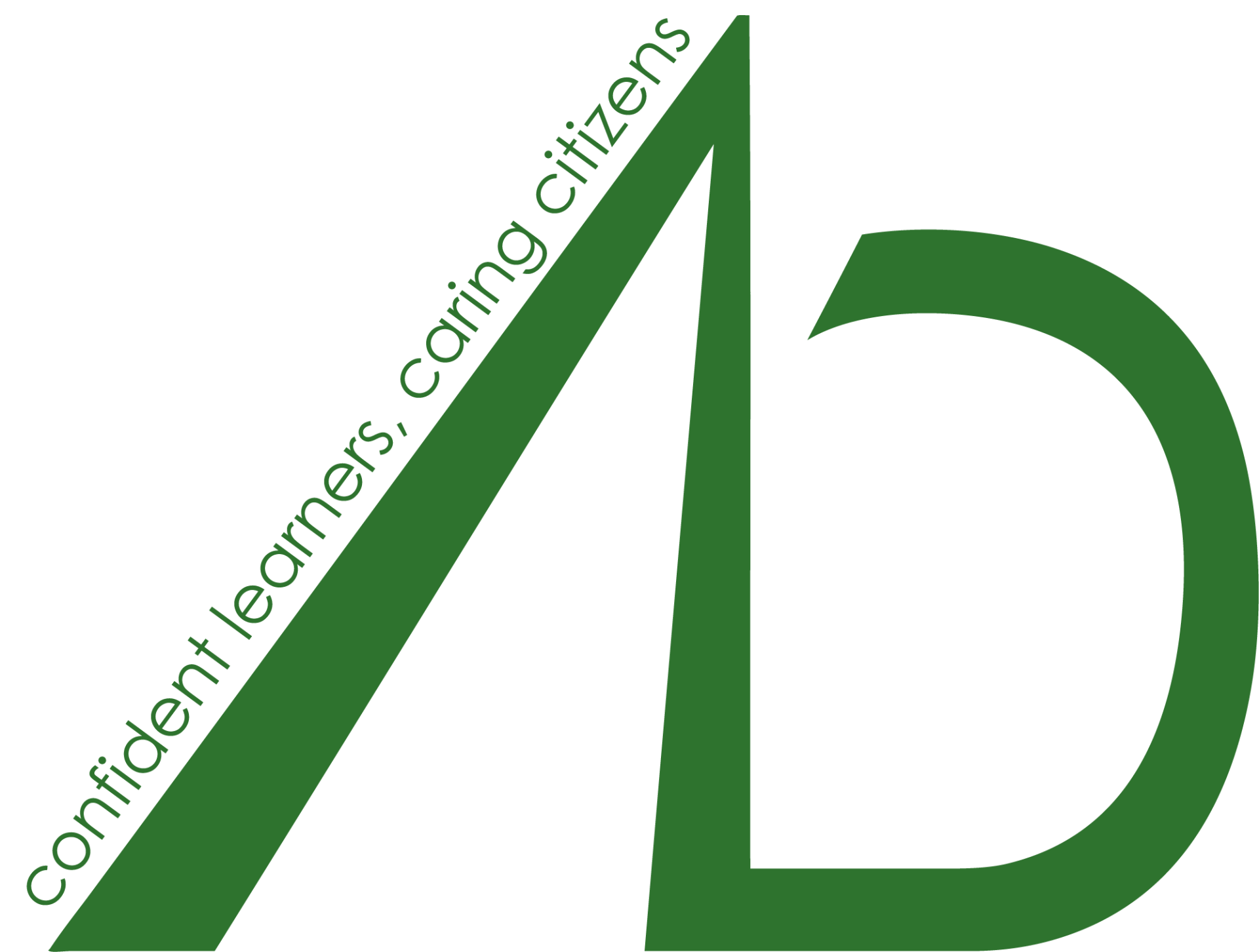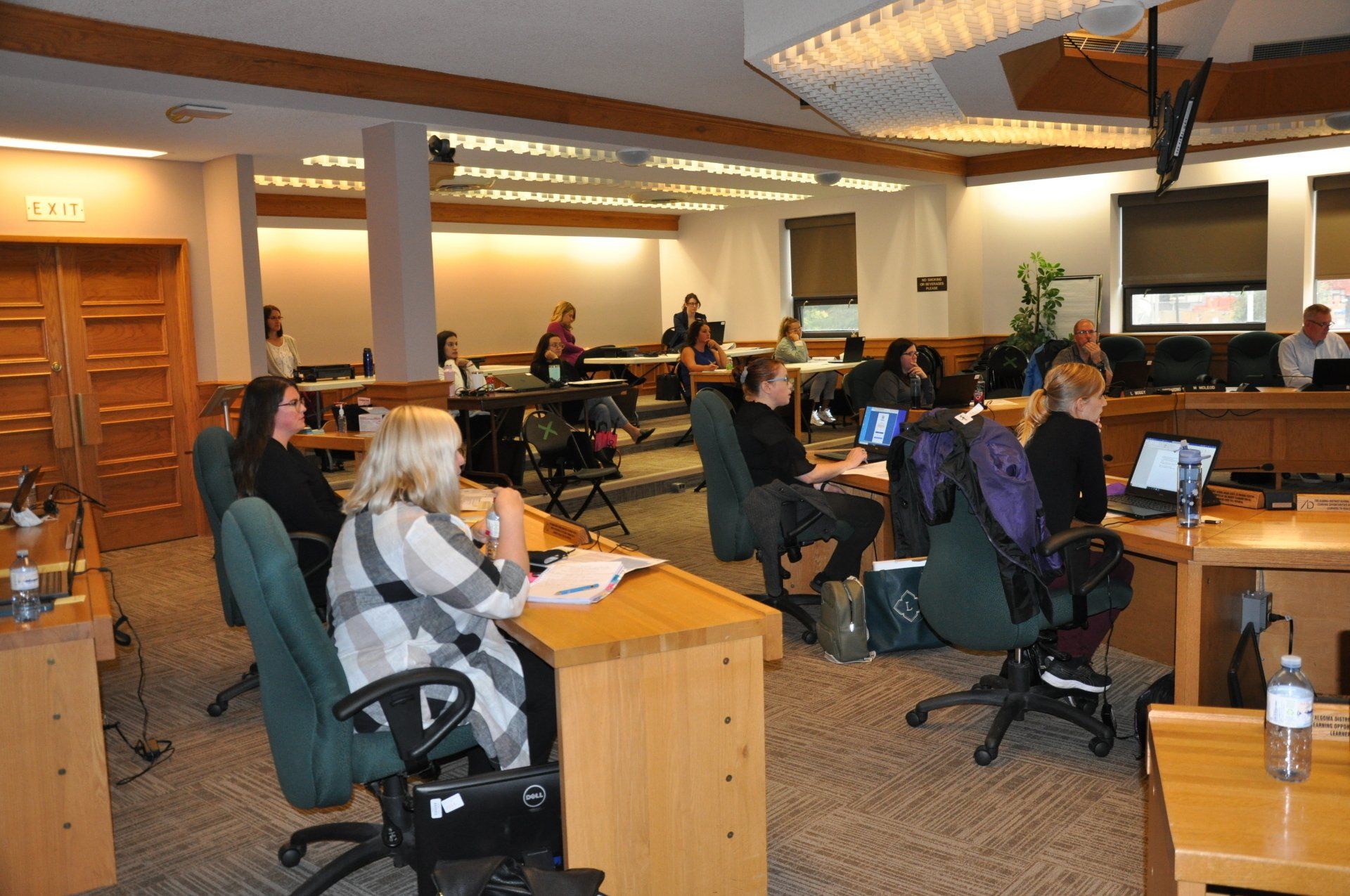Support
Initiatives Throughout the Pandemic
Mental Health Supports
Mental health and well-being have been top priorities of the Algoma District School Board, especially as we navigated through the 19/20 school year.
Well-being resources became an important piece of our weekly “Learn at Home” learning materials that were provided to all ADSB families from March to June 2020. This was a deliberate effort to remind families of the need to gauge their stress levels at home and to not feel they must be “teaching” their children all day. Many parents expressed appreciation for the contact from familiar school personnel which provided great reassurance to students and their families during this time of uncertainty.
Over the summer (July/August), ADSB offered a Summer Wellness Line to provide support for all caregivers of ADSB students, as well as for students themselves. Trained counselling staff were available to provide everything from wellness tips to strategies for those struggling with excessive worry and depressed mood. Our counsellors provided support to parents regarding parenting questions and talking to young people about COVID-19 in age appropriate ways. Counsellors provided supports for students in our virtual summer learning/summer school programs based on referrals received from program administrators.
-
City skyline
Photo By: John DoeButton
Stress, anxiety and mood management were the most significant issues among students that accessed the Wellness Line. In some cases, these issues/concerns were directly linked to the pandemic; in others, concerns were exacerbated by the pandemic.
As we approached September, we recognized that students and families would be experiencing additional anxiety and a range of emotions as students prepared to return to the classroom (virtually or in person) after a nearly six-month absence.
Mental health was the focus of one of three professional development days before classes resumed early in September. Mental health training was provided for staff, including elementary and secondary teachers, educational assistants, early childhood educators and school administrators. Topics included personal wellness, understanding mental health vs. mental illness, promotion of positive mental health strategies for the classroom, resources for social-emotional learning and problem-solving, and an overview of school board and community partner supports and how to access them.
Families in our elementary schools who opted for in-class learning received a book created by ADSB staff titled “Because We Care." It was designed to support parent conversations with their children about the September reopening, to remind students that everyone has different feelings (about returning to school during a pandemic) and that ADSB cares! For those learners joining virtual classrooms, a video was created and shared. All JK–6 families received a fridge magnet with a list of School Mental Health Ontario resources. (Download Booklet)
ADSB has and continues to access many exceptional resources from School Mental Health Ontario, a provincial implementation support team that launched in 2011. We also have 16 staff members, including school counsellors and mental health workers, who help students with their mental well-being. We are also pleased to have strong partnerships established with community mental health service providers to provide additional support services.
Initiatives Throughout the Pandemic
Tech Supports
With the move to online learning for so many of our students, ensuring equity of access to learning became a critical piece. Equity is an ADSB core value. Whether we were providing a mask or student toolkit in the face-to-face classroom, or delivering technology/WiFi access for the virtual classroom, equity was always at the forefront. Throughout the pandemic we ensured that all of our ADSB students had and continue to have access to learning.
The September Remote Learning model looked very different than during the school closure period from March to June. That period was a time of emergency learning with a focus on essential knowledge and skills. In September, we returned to a full breadth of programming and remote learning became a virtual classroom model. In the virtual model, students had access to their teachers during the ‘regular school day’ in real time, which meant students could ask questions in the moment through tools such as Microsoft Teams (video conference and chat), Edsby (messaging/posting at the same time) and asynchronously through email, chats, etc. whether in whole group instruction, small group work or independent time.
In the virtual classroom, having all students linked into Microsoft Teams, our video conferencing tool, provided the opportunity for whole group instruction and community building as well as the consolidation of learning at the end of a lesson. In Microsoft Teams, small groups could be planned to support students sharing their thoughts and ideas with each other, while the other students were working independently.
In November we made the decision to move our elementary schools to a Hybrid Model, such that face-to-face and virtual learners were assigned, together, to a teacher at their allocated school. Elementary face-to-face learners and virtual learners were blended in the same class, assigned to their home school and received instruction synchronously by the same classroom teacher.
We understood the need for our students to join in the classroom via video conferencing and online tools, utilizing technology to connect with teachers and peers from their homes both synchronously and asynchronously. To that end, ADSB made tech support a priority.
- Purchased 1,150 Dell Winbooks
- Purchased 500 Apple iPads
- 150 hot spot devices deployed to support virtual learners, educators and admin staff
- 1,423 Lenovo N22 Winbooks deployed to virtual learners
- 137 Dell E5550/E5540 laptops deployed to virtual educators and admin staff
- Deployment of Microsoft Teams infrastructure to support virtual learners
- Ongoing core infrastructure upgrades to support remote learners and educators

Slide title
Write your caption hereButton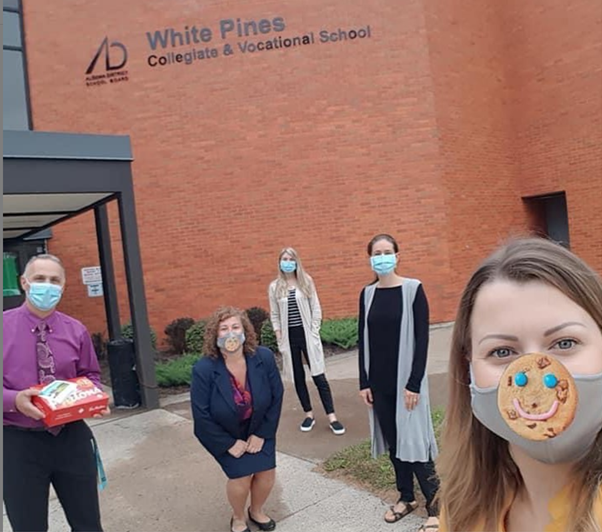
Slide title
Write your caption hereButton
Slide title
Write your caption hereButton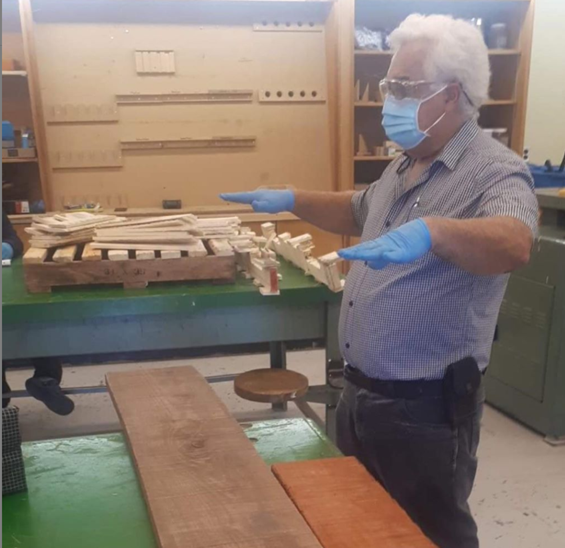
Slide title
Write your caption hereButton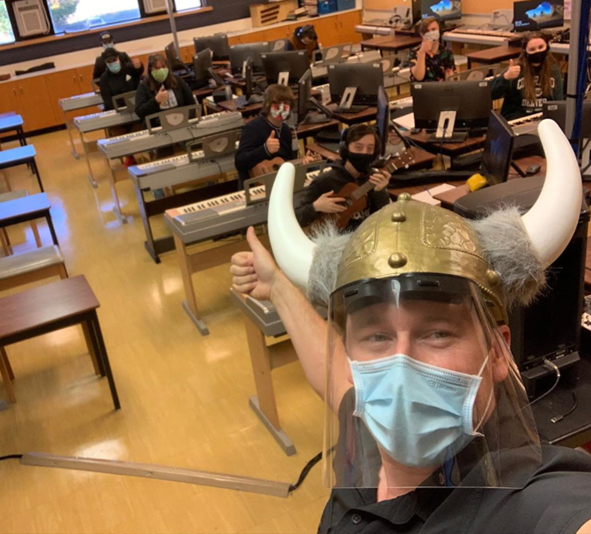
Slide title
Write your caption hereButton
Slide title
Write your caption hereButton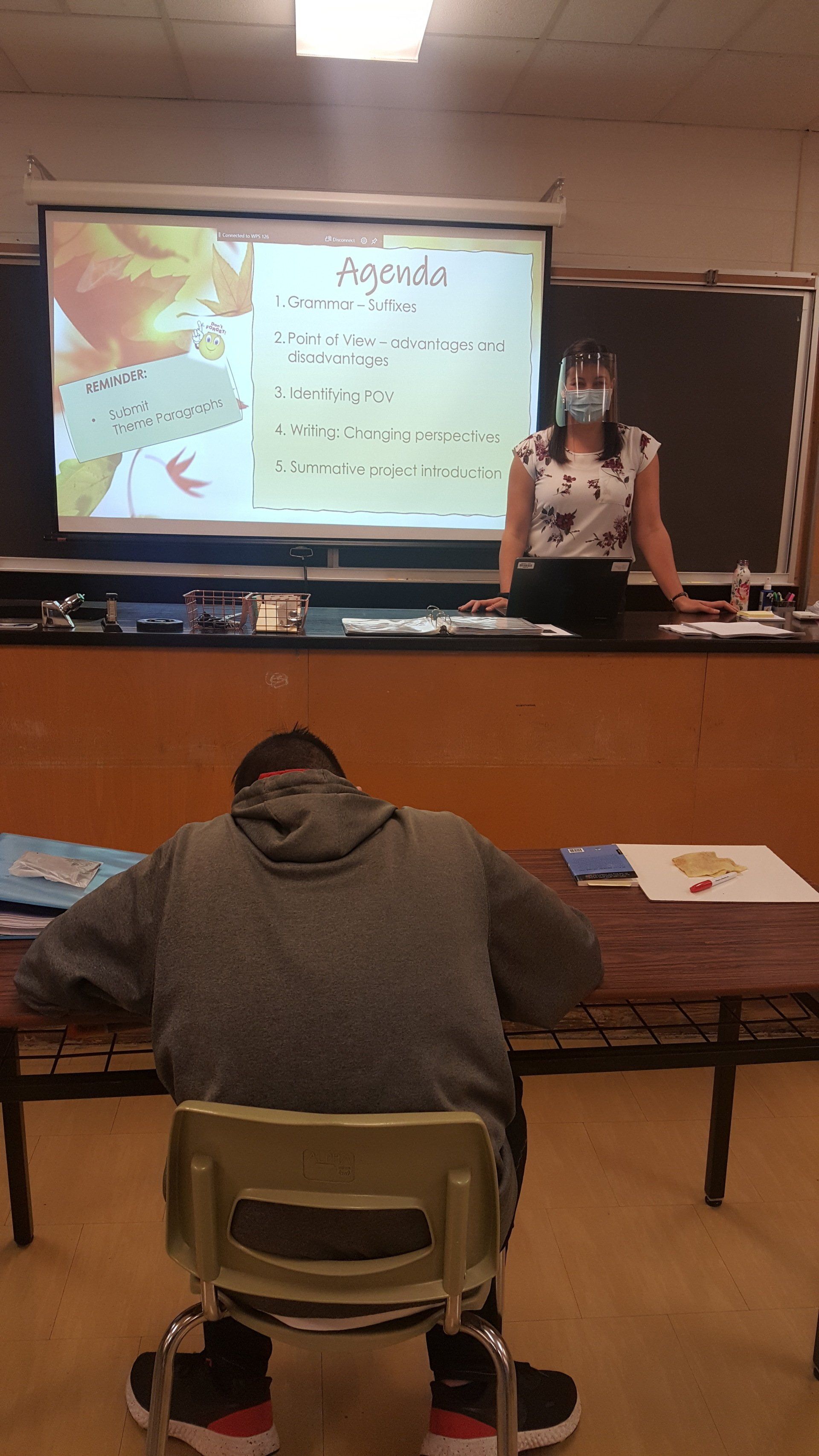
Slide title
Write your caption hereButton
Slide title
Write your caption hereButtonSlide title
Write your caption hereButtonSlide title
Write your caption hereButton
Slide title
Write your caption hereButton
Slide title
Write your caption hereButton
Slide title
Write your caption hereButton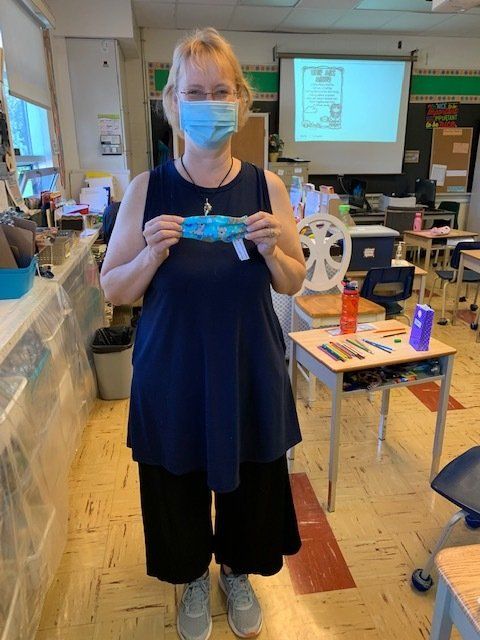
Slide title
Write your caption hereButtonSlide title
Write your caption hereButton
Support
Initiatives Throughout the Pandemic
Mental Health Supports
Mental health and well-being have been top priorities of the Algoma District School Board, especially as we navigated through the 19/20 school year.
Well-being resources became an important piece of our weekly “Learn at Home” learning materials that were provided to all ADSB families from March to June 2020. This was a deliberate effort to remind families of the need to gauge their stress levels at home and to not feel they must be “teaching” their children all day. Many parents expressed appreciation for the contact from familiar school personnel which provided great reassurance to students and their families during this time of uncertainty.
Over the summer (July/August), ADSB offered a Summer Wellness Line to provide support for all caregivers of ADSB students, as well as for students themselves. Trained counselling staff were available to provide everything from wellness tips to strategies for those struggling with excessive worry and depressed mood. Our counsellors provided support to parents regarding parenting questions and talking to young people about COVID-19 in age appropriate ways. Counsellors provided supports for students in our virtual summer learning/summer school programs based on referrals received from program administrators.
-
City skyline
Photo By: John DoeButton
Stress, anxiety and mood management were the most significant issues among students that accessed the Wellness Line. In some cases, these issues/concerns were directly linked to the pandemic; in others, concerns were exacerbated by the pandemic.
As we approached September, we recognized that students and families would be experiencing additional anxiety and a range of emotions as students prepared to return to the classroom (virtually or in person) after a nearly six-month absence.
Mental health was the focus of one of three professional development days before classes resumed early in September. Mental health training was provided for staff, including elementary and secondary teachers, educational assistants, early childhood educators and school administrators. Topics included personal wellness, understanding mental health vs. mental illness, promotion of positive mental health strategies for the classroom, resources for social-emotional learning and problem-solving, and an overview of school board and community partner supports and how to access them.
Families in our elementary schools who opted for in-class learning received a book created by ADSB staff titled “Because We Care." It was designed to support parent conversations with their children about the September reopening, to remind students that everyone has different feelings (about returning to school during a pandemic) and that ADSB cares! For those learners joining virtual classrooms, a video was created and shared. All JK–6 families received a fridge magnet with a list of School Mental Health Ontario resources. (Download Booklet)
ADSB has and continues to access many exceptional resources from School Mental Health Ontario, a provincial implementation support team that launched in 2011. We also have 16 staff members, including school counsellors and mental health workers, who help students with their mental well-being. We are also pleased to have strong partnerships established with community mental health service providers to provide additional support services.
Initiatives Throughout the Pandemic
Tech Supports
With the move to online learning for so many of our students, ensuring equity of access to learning became a critical piece. Equity is an ADSB core value. Whether we were providing a mask or student toolkit in the face-to-face classroom, or delivering technology/WiFi access for the virtual classroom, equity was always at the forefront. Throughout the pandemic we ensured that all of our ADSB students had and continue to have access to learning.
The September Remote Learning model looked very different than during the school closure period from March to June. That period was a time of emergency learning with a focus on essential knowledge and skills. In September, we returned to a full breadth of programming and remote learning became a virtual classroom model. In the virtual model, students had access to their teachers during the ‘regular school day’ in real time, which meant students could ask questions in the moment through tools such as Microsoft Teams (video conference and chat), Edsby (messaging/posting at the same time) and asynchronously through email, chats, etc. whether in whole group instruction, small group work or independent time.
In the virtual classroom, having all students linked into Microsoft Teams, our video conferencing tool, provided the opportunity for whole group instruction and community building as well as the consolidation of learning at the end of a lesson. In Microsoft Teams, small groups could be planned to support students sharing their thoughts and ideas with each other, while the other students were working independently.
In November we made the decision to move our elementary schools to a Hybrid Model, such that face-to-face and virtual learners were assigned, together, to a teacher at their allocated school. Elementary face-to-face learners and virtual learners were blended in the same class, assigned to their home school and received instruction synchronously by the same classroom teacher.
We understood the need for our students to join in the classroom via video conferencing and online tools, utilizing technology to connect with teachers and peers from their homes both synchronously and asynchronously. To that end, ADSB made tech support a priority.
- Purchased 1,150 Dell Winbooks
- Purchased 500 Apple iPads
- 150 hot spot devices deployed to support virtual learners, educators and admin staff
- 1,423 Lenovo N22 Winbooks deployed to virtual learners
- 137 Dell E5550/E5540 laptops deployed to virtual educators and admin staff
- Deployment of Microsoft Teams infrastructure to support virtual learners
- Ongoing core infrastructure upgrades to support remote learners and educators

Slide title
Write your caption hereButton
Slide title
Write your caption hereButton
Slide title
Write your caption hereButton
Slide title
Write your caption hereButton
Slide title
Write your caption hereButton
Slide title
Write your caption hereButton
Slide title
Write your caption hereButton
Slide title
Write your caption hereButtonSlide title
Write your caption hereButtonSlide title
Write your caption hereButton
Slide title
Write your caption hereButton
Slide title
Write your caption hereButton
Slide title
Write your caption hereButton
Slide title
Write your caption hereButtonSlide title
Write your caption hereButton
Central Board Office
Education Centre
644 Albert Street East
Sault Ste. Marie, ON P6A 2K7
Phone: 705.945.7111
Toll Free: 1.888.393.3639
